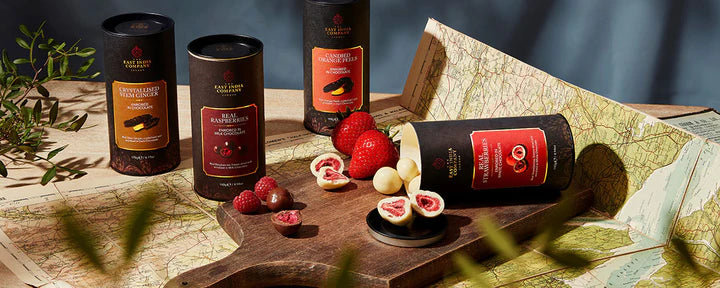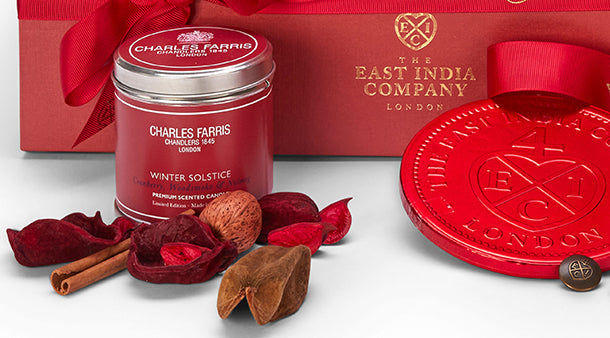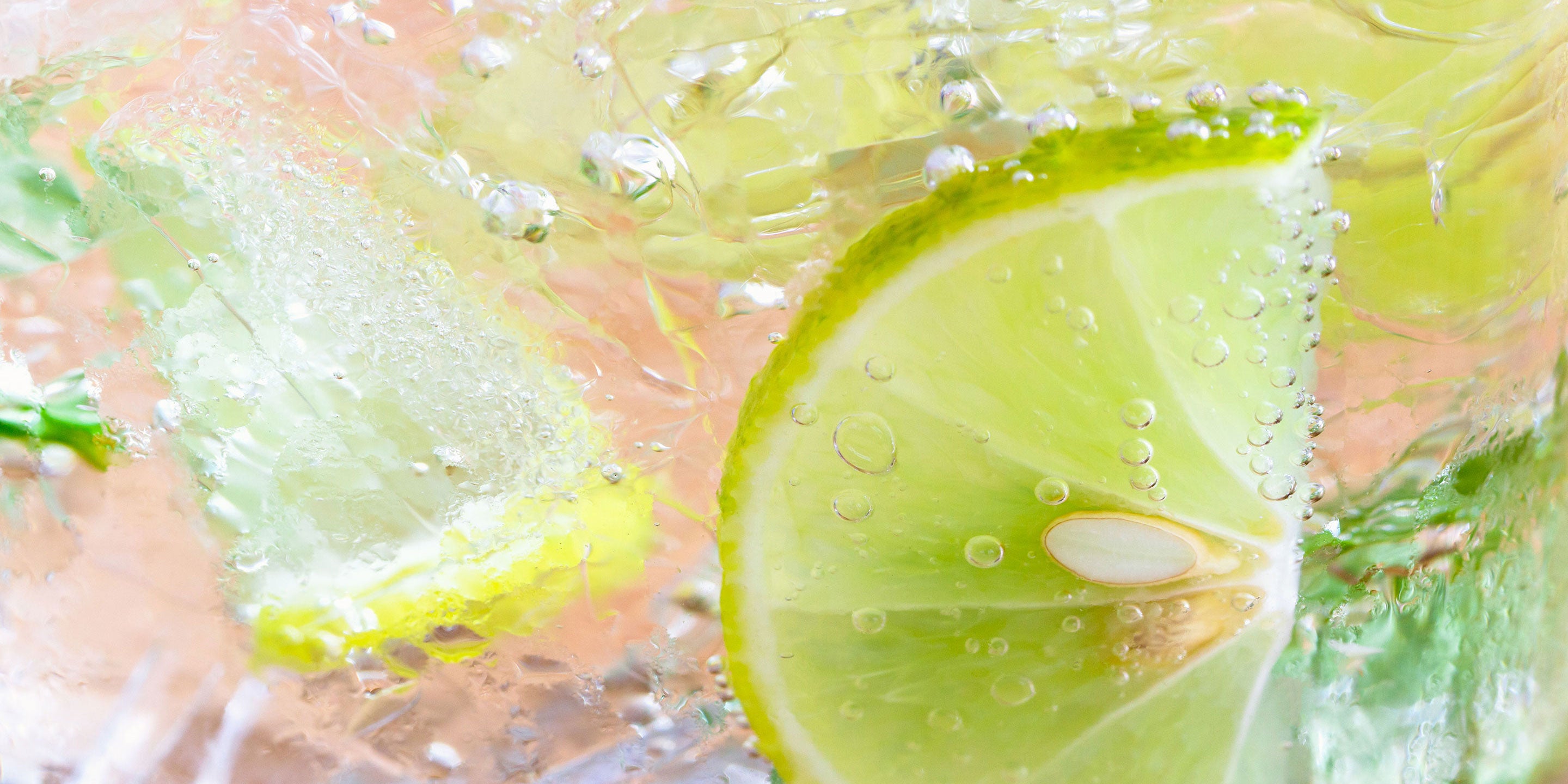Gin is an intrinsic part of both our history and British culture as a whole – as a result of the Company’s pioneering spirit of adventure and collaboration, it has been enjoyed around the world for hundreds of years, going back as far as the 17th century.
Back in the 1600s and 1700s, The East India Company was at the very heart of global trade, operating out of London’s famous docklands. Among the many exotic treasures amassed on the Company’s intrepid voyages were rare varieties of spices and botanicals. These aromatic ingredients would become pivotal in the inception and evolution of London Dry Gin, arguably the most iconic spirit ever to come out of the capital.
At the time, malaria was a widespread malady, afflicting huge swathes of explorers on their travels. While quinine bark had been discovered to have medical properties that helped to combat the disease, its unpleasantly bitter taste made it difficult to take. To make it more palatable, the inventive British East India men would sweeten quinine with sugar, dilute it with water and mix in gin from the gin stores they had brought with them from Britain.
This was effectively the birth of the classic Gin and Tonic cocktail, known and loved by millions today.

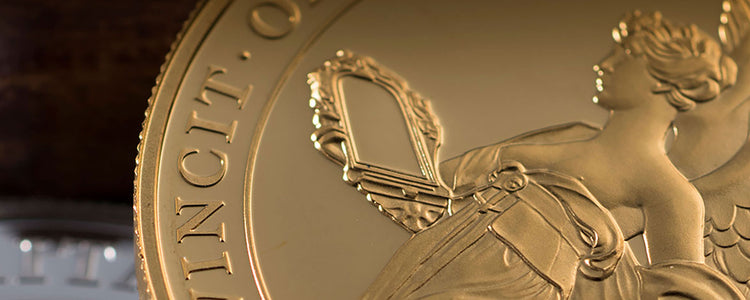
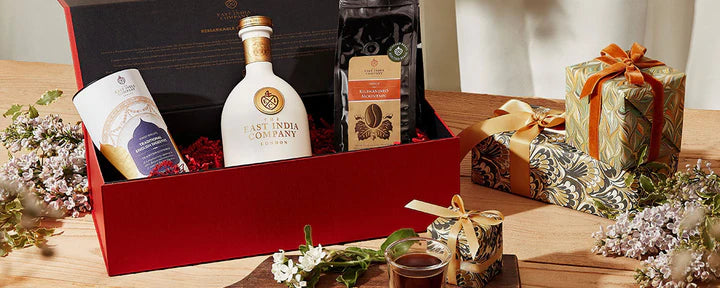
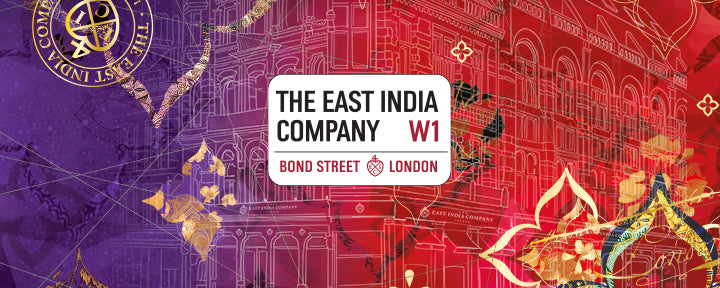
 Ceylon / Sri Lanka
Ceylon / Sri Lanka Assam, India
Assam, India Japan
Japan Taiwan
Taiwan Nepal
Nepal China
China Kenya
Kenya Egypt
Egypt South Africa
South Africa